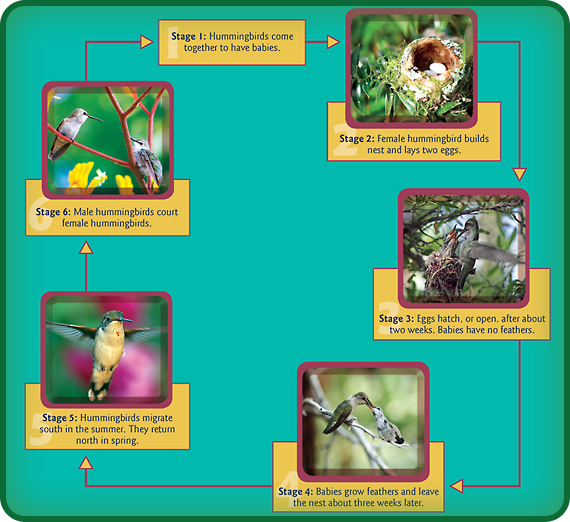

Usually, they can be too fast to catch but can be caught in webs or when sleeping. Other animals and insects will eat hummingbirds if they are given the chance. Hummingbirds are small birds which makes them vulnerable prey for all kinds of animals. Check out my tips to stop bully hummingbirds at your feeders. If they don’t find enough food they also won’t last the winter.įood sources can even be restricted by territorial hummingbirds in the spring and summer months.

They’ll have to tough out the winter with local food sources and long periods of torpor. This is a major cause of hummingbird’s deaths in winter. This can leave them stuck in colder climates where food is scarce. Migrating hummingbirds may not have enough energy or have become disorientated to migrate as far as they normally do. That’s why some species will migrate to warmer climates with more flowers and insects. In the wintertime, sourcing both flowers and insects can be a difficult task. Hummingbirds eat a lot of flower nectar, but that’s only so they can sustain their energy to catch their main food which is insects. Food Sourcesĭespite the fact that hummingbirds appear to spend most of their time at flowers, they actually have quite a varied diet. All that work wears out their tiny bodies quicker. Male hummingbirds are always courting mates, defending territory, or migrating ahead. That’s because male hummingbirds don’t really take the chance to rest. Male hummingbirds of all species will also die earlier than females. That means they’ll wear their body out a lot quicker than a larger hummingbird.

This is common with most bird species as smaller birds have a faster metabolism. Midsize to large hummingbirds tend to live longer than small hummingbirds. Yet as most hummingbird species die young it brings down the average life expectancy for all hummingbirds. You’ll see that a lot of the life expectancy for each species is longer than 3-5 years. Take a look at how the average age can vary between hummingbird species. The species of hummingbird plays a large role in how long they will survive in the wild. Factors affecting hummingbird lifespan 1.

Let’s look at what things affect a hummingbird’s life span. There are many factors that threaten their chances of survival. Hummingbirds that survive past one year old have to remain resilient. For this reason, hummingbirds try to lay more than one egg with each clutch in the hope at least one will survive. That’s due to the vulnerability and inexperience of being young. Sadly around 50% of hummingbirds will die as chicks or before they reach one year old. Yet the average age is often a lot less than this. There will always be outliers with any animal that manages to beat the odds and live for a long time. There are accounts of hummingbirds living to 12 years old, yet the majority of hummingbirds will not survive this long. The age a hummingbird will live to will vary for each species. How long do hummingbirds live in the wild? You’ll also learn what to expect from each species and how you can help them live longer. This guide will take you through everything you need to know about a hummingbird’s lifespan. If you have a few regular hummingbirds at your feeders, you probably want to know how long they will survive. This includes their species, health, habitat, and migratory behaviors. There are several factors that impact the life expectancy of a hummingbird. Most hummingbirds will die within their first year of life. The oldest known wild hummingbird lived to 12 years and 2 months. The average life expectancy of a wild hummingbird is 3-5 years old. However, have you ever noticed that it’s really difficult to tell how old a hummingbird is? So now you’re wondering how long do hummingbirds live in the wild? Hummingbirds are amazing birds to watch in your backyard.


 0 kommentar(er)
0 kommentar(er)
